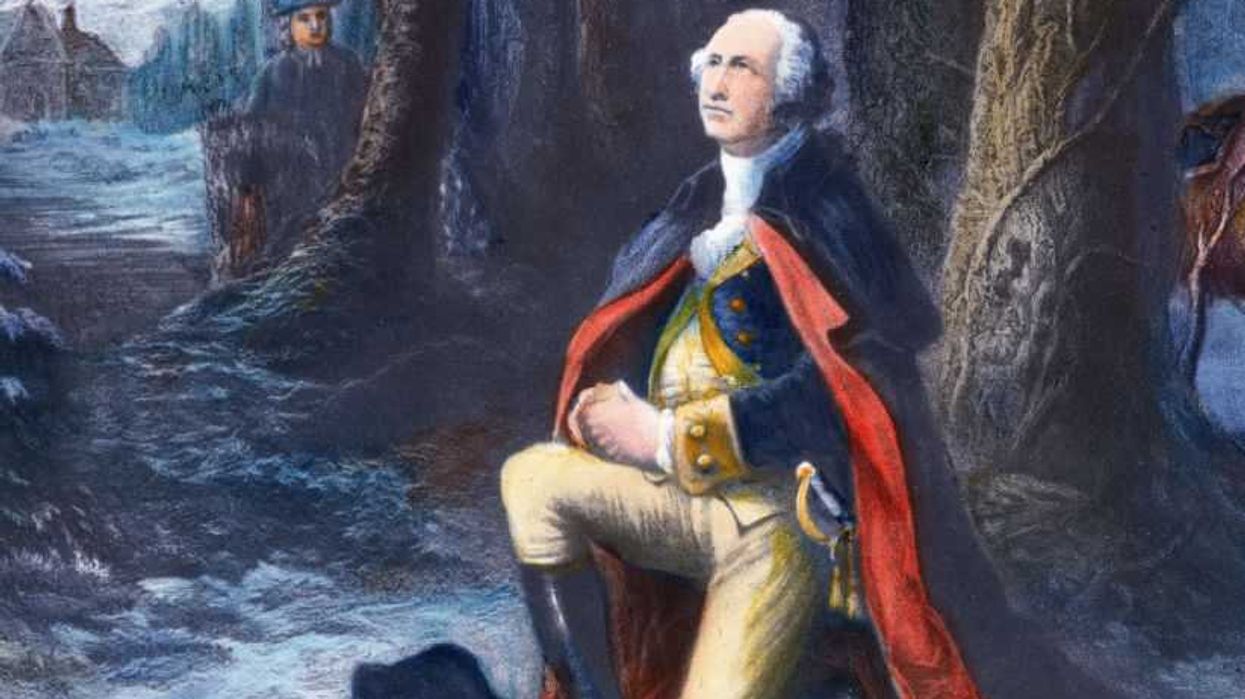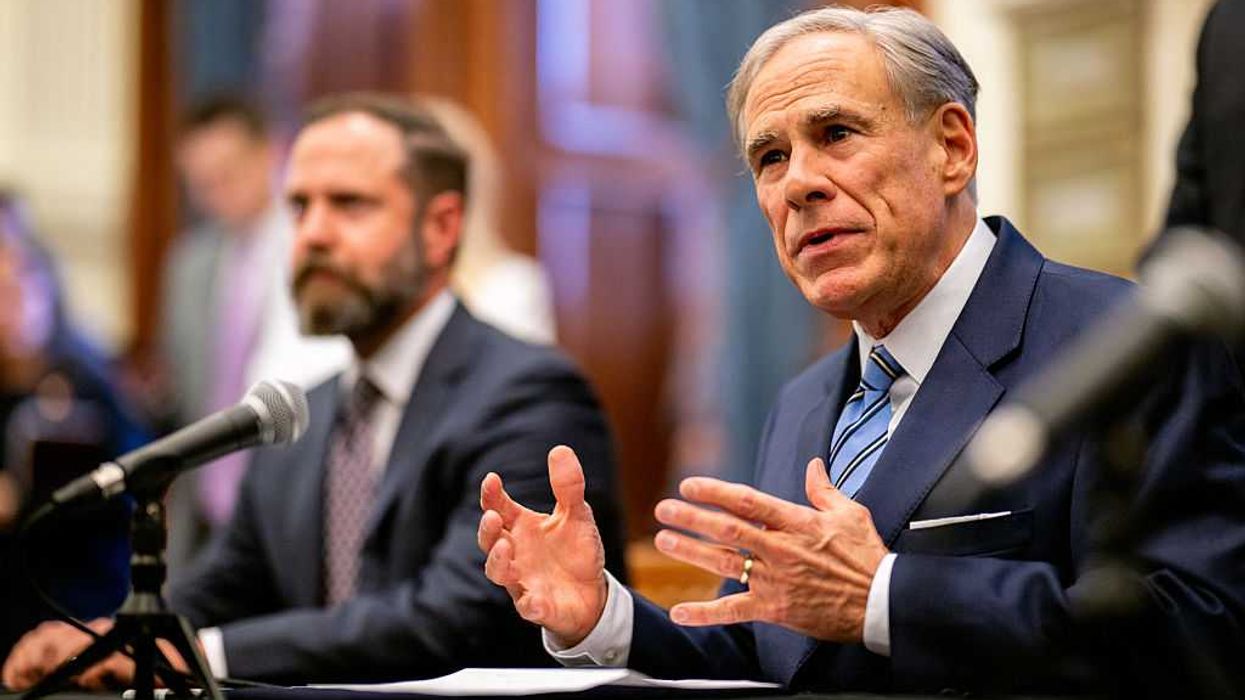GLENN: Interesting weekend for bitcoin. It went from 12,000 to a low of 10,6. Do you know why?
This is actually something you should watch. Do you know why it had such a big blip? It lost 1,000 bucks, that fast. You know why?
STU: I don't know why, no.
GLENN: Telegraph reported, right about the time of the big drop, in the UK, that they are now -- the UK is going to launch a crackdown on the virtual currency bitcoin, amid growing concern it's being used to launder money and dodge tax.
So now you have England saying, we're going to look into this. We might start regulation. So it went down. Almost 2,000 points. And then by the end of the day, it had bounced back up. What is it at now?
STU: 11,300.
GLENN: 11,300.
STU: What a disappointment. From 800 in January.
GLENN: A lot of people say that bitcoin is in a bubble. And you could make the case. And a pretty strong case that it's in a bubble. One that I haven't really been willing to look at.
STU: This time it's different. It's never going to stop. It's always --
GLENN: Right. It's never different.
However, I think I have the evidence that makes me say, we are definitely in a bubble. Here it is: Launched just a few days ago, crypto kitties -- crypto kitties, essentially like a digital version of Pokémon cards, but based on the Ethereum block chain, is becoming one of the biggest viral sensations to catch on in the tech world.
Design studio. People are spending a crazy amount of really money on the game. So far, about $1.3 million has been transacted with multiple kittens, selling for 50 Ethereum coins. And the genius kitten being sold for a record of 246. That's $113,000.
So here's what it is: I think -- I think there are only a certain number of virtual kitties that are born.
STU: And when you say -- you mean like cats. Little cats? Digital cats?
GLENN: Little digital cat. Okay? Just a digital cat. And they're born through the block chain.
STU: So stupid.
GLENN: So you buy a cat that is a digital block chain cat.
STU: Uh-huh.
GLENN: And then you can interact with the digital cat. Let's see what it says that you do, I know the idea is to trade. It's like Beanie Babies. To trade and to buy a better cat, that doesn't exist.
STU: Okay. So it's a bubble. We can now clarify.
GLENN: Yeah, it's definitely a bubble. What you do is you collect cats. Here are the cats right here. How to play. There are are the cats.
STU: They all look pretty much the same.
GLENN: They're very different.
STU: They're very different?
GLENN: No, they're very different. Game was ceded with 100 founder kitties. This -- there's also a new gen HEP zero cat, released every 15 minutes, which are listed for the average price of the last five sold, plus 50 percent. But the sale price declines over 24 hours, until somebody actually buys the cat. Anyone can sell their kittens via an auction, where they pick a starting price and an ending price. And the price declines over time, until someone buys the cat.
So, for example, I could put a kitten up for sale for a one-day auction at one Ethereum coin.
STU: Ether or Ethereum.
GLENN: Yeah, Ethereum coin. Starting at one and an ending price of zero.
And if somebody buys it 12 hours after the auction starts, they pay me .5 Ethereum points.
STU: Which is like a couple hundred bucks.
GLENN: You can also create new kittens by breeding them.
STU: Okay. So block chain sex is basically what's happening?
GLENN: No. Block chain cartoon kitty sex.
STU: That's much more --
GLENN: So you are taking money that has no real value, because it doesn't actually exist. You're buying that bogus money, and you're trading that bogus money for a bogus cat.
(chuckling)
GLENN: That doesn't exist. And your hope is that you're going to sell that fake cat. Or breed a better fake cat. And sell it for more of the fake coins than anybody else.
STU: Obviously -- did you feel the need to explain that to the audience?
GLENN: No, I was just talked down to a couple of the slow people that don't really understand that, yes, indeed, perhaps this is a bubble.
(music)
STU: It's funny. You brought up Beanie Babies. People talk about in this bubble way. That's such a fascinating story. I did an interview with a guy who wrote a book about it. And I think it's called the great Beanie Baby bubble.
And you think, it's kind of a silly topic. It's a fascinating story, though. This guy was going around trying -- he was a real big entrepreneur. And decided to try to do this -- create these little animals that he would sell and make money off of.
And really, the big -- the reason why the Beanie Baby thing was so big for that time, was that he decided to call these things -- instead of just discontinuing them, he started calling them retired.
GLENN: Ah.
STU: And when he said retired, as soon as he said, we're going to retire this stupid Beanie Baby, people would rush to stores and bid the price high.
So the whole time, the entire process was people trying to figure out who would next be retired. Because as soon as they got retired, the price would go up. And the people buying the new ones were basically on the idea that eventually there would be a retirement and they would be able to cash in.
And what -- the guy who wound up doing it, was obsessed with these things. Meticulous, to the point of he would spend hours looking over samples of the eyes. Took it super seriously. And designed like every one of these things. And he wound up making like $2 billion off of this.
It's -- kind of came and went.
GLENN: So how many people have parents who collected the Beanie Babies?
STU: Oh, yeah.
GLENN: And they have a closet full of the Beanie Babies. And you know at the time, Beanie Babies, it's not going to work. You're not going to retire on the Beanie Baby money. And they saved them. And they have them. Now is the time where you -- where you -- where the -- where boys are boys and men arrive. The men say, the hell my Beanie Baby collection isn't going to be worth something. I'm keeping it.
(chuckling)
Because everybody is looking at their Beanie Baby collection now going, this is so stupid. Get rid of it. Once everybody gets rid of it, those who save those Beanie Babies.
STU: And you carry that dream to your grave, don't you?
GLENN: Yeah, I'm going to lock them all in my coffin with me.
STU: It's funny. Who knows there's more technology involved in it than Beanie Babies. So you think it may have a little bit more --
GLENN: The kitties?
STU: Yeah, well...
GLENN: No. Dear God -- Stu, don't try to talk yourself into the kitties have value.
STU: I'm talking this technology.
GLENN: Oh, the block chain. The block chain has -- yeah, the block chain kitties don't have any value. But block chain.
STU: Well, everything has what the market assigns to it, right?
GLENN: That is crazy.
STU: You just got to wait for the right buyer. And it's usually a moron.
GLENN: So I you think. For instance, tell me the tulip story, that you know.
STU: The tulip story is there became this sort irrational exuberance, is the phrase they often use in these terms.
GLENN: Yeah, yeah.
STU: And they started trading them as currency.
GLENN: So why did it -- what was the spark for it? What happened? How is that possible?
STU: It's been a while. I don't remember. Right?
GLENN: Okay. So I never heard it -- here's the thing: This was at the time when people were just starting to keep gardens and starting to have lawns and everything else. And the really, really, really rich people were starting to do that. The bulb, I don't know where the tulip bulb came from. I'm not deep in the book. I'm kind of scanning it.
But the -- the idea that all of a sudden a thing of beauty, it's looked at as art, this one bulb, is -- is art. Okay? So you could put this in your house. Or you could put this in front of your house or whatever, and it's a thing of beauty and a thing of art. So it's like the art craze, it doesn't even look like anything. That's just a blue canvas. No, it's worth $121 million. Okay. Good for you.
Same thing. They thought this was a thing of beauty and a thing of art. And they thought there was only one of them. And so they thought, this is going to catch on. Because all the rich people are going to want them all in their gardens, all over the world. Which they did. It just didn't work out as well as they thought because you can make more of them.
STU: You can make more tulips?
GLENN: Yes, you can. Yeah, yeah, yeah.
STU: There's inflation in the tulip market?
GLENN: Yeah.
STU: It does seem that way.
GLENN: But you can see -- you can see how people like bitcoin wait a minute. Hang on. There weren't a lot of tulips. We think now, tulips, they're everywhere. Not a lot of tulips. And they're making new tulips. I don't know how you breed tulips. But they're making new ones. People are going to have these things called lawns. And they're going to want a flower box. It was at the beginning of flower boxes and bringing flowers in.
STU: Right.
GLENN: You don't really even think of it like that, you know.
STU: It's a bit of a stretch.
GLENN: It's why it was a bubble in disaster.
STU: Okay. Okay.
GLENN: But, again, you can kind of -- like, I can't make a case for the kitty cats. Can't. No. Can't.
STU: This is a pet rock, right?
GLENN: No. No. The pet rock cost, what? Two dollars? People are spending $150 on --
STU: The same thing with Beanie Babies. Every one of these trends, you can always say, a Cabbage Patch what level of entertainment, enjoyment, it gives the individual. That's why things happen on the market. There's a lot of stuff that -- I see purses that my wife buys, and I think that looks like it's worth $12. And it's not.
GLENN: Again, not at all.
STU: No.
GLENN: And, again, that is a thing that is tangible.
STU: Yeah.
GLENN: That is a thing that goes with style.
STU: But that is something -- that's a weird. That's an old timey observation. Right? We used to say the same thing. That company, they don't even produce anything. That's what we used to say when the, quote, unquote, internet bubble happened. And now I'm pretty sure that one wound up being big. That internet thing.
GLENN: All right.
STU: I already have 12. They're on sale.
GLENN: Yes, but I have the genius kitty.

 Harold M. Lambert / Contributor | Getty Images
Harold M. Lambert / Contributor | Getty Images
 Adam Gray / Stringer | Getty Images
Adam Gray / Stringer | Getty Images Anadolu / Contributor | Getty Images
Anadolu / Contributor | Getty Images Brandon Bell / Staff | Getty Images
Brandon Bell / Staff | Getty Images